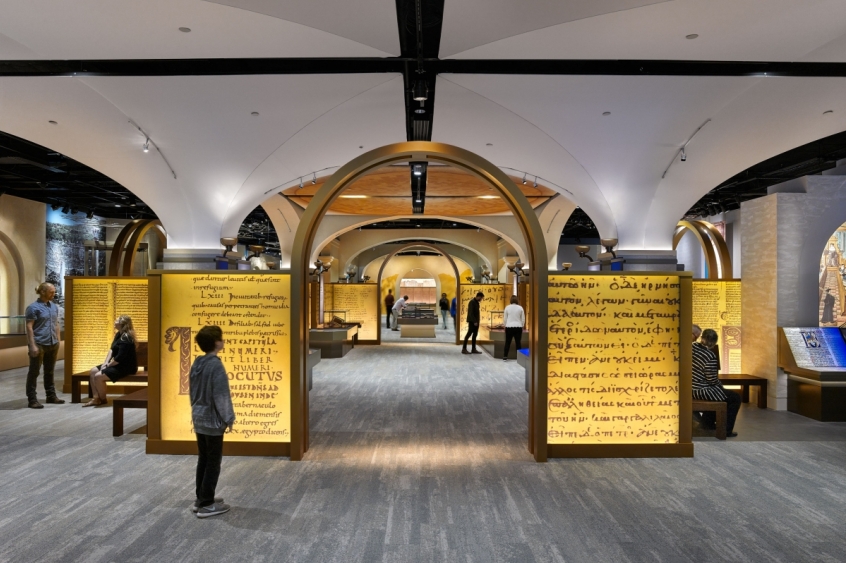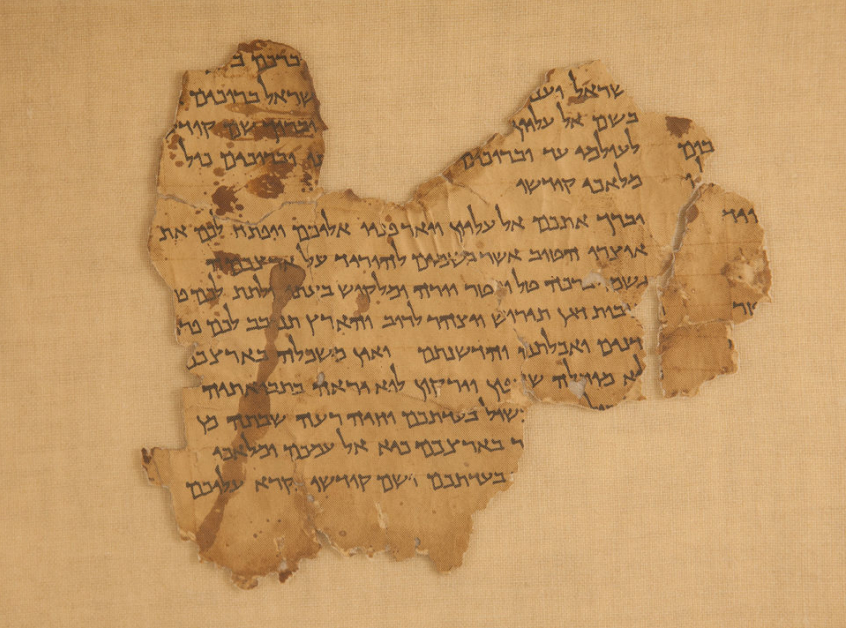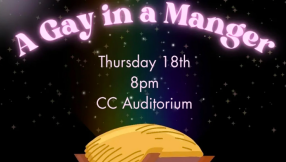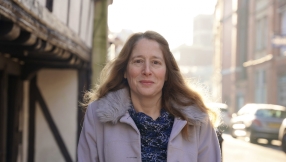
An independent investigation has concluded that all 16 fragments in the Museum of the Bible's Dead Sea Scrolls collection are forgeries.
Lead investigator Colette Loll announced on Friday: "After an exhaustive review of all the imaging and scientific analysis results, it is evident that none of the textual fragments in Museum of the Bible's Dead Sea Scroll collection are authentic.
"Moreover, each exhibits characteristics that suggest they are deliberate forgeries created in the twentieth century with the intent to mimic authentic Dead Sea Scroll fragments."
Previous investigations had already shown five of the museum's Dead Sea Scroll fragments to be fake.
Loll and her team used traditional and 3D microscopy, as well as multispectral and reflectance transformation imaging - techniques which allow researchers to enhance the surface of an object in order to pick up the tiniest of details.
Questions were first raised about the museum's collection after 13 of the fragments were published in 2016. Concerns grew especially in light of the fact that all were purchased after 2002 when suspected forgeries had entered the market.

Five of the fragments went on display at the Washington DC-based museum in 2017 alongside an exhibit label telling visitors that their authenticity had not yet been verified.
However, the following year, German researchers concluded that the five fragments on display exhibited characteristics "inconsistent with ancient origins", and they were subsequently removed from display.
It was at this time that the museum brought in Loll and her team at Art Fraud Insights to investigate the entire collection.
The findings were being presented at a two-day conference at the museum ending on Saturday.
"Notwithstanding the less than favorable results, we have done what no other institution with post-2002 [Dead Sea Scroll] fragments has done," Museum of the Bible Chief Curatorial Officer, Dr Jeffrey Kloha said.
"The sophisticated and costly methods employed to discover the truth about our collection could be used to shed light on other suspicious fragments and perhaps even be effective in uncovering who is responsible for these forgeries."
There are now plans to re-purpose the museum's Dead Sea Scroll exhibit on the fourth floor to display both the history of the fragments and the results of the subsequent research.
"What Museum of the Bible is doing is extremely important in the museum world," said Loll.
"Usually, items that are determined to be fake are quietly removed from display and transferred to the euphemistic 'study collection.'
"Museum of the Bible has opted to be as transparent as possible with its collection of Dead Sea Scrolls – from the interim gallery labels, to the public announcement of the results of the research and the subsequent release of all of the associated research materials.
"This data can now be used for comparison to other questioned fragments. What a tremendous contribution to the field."













